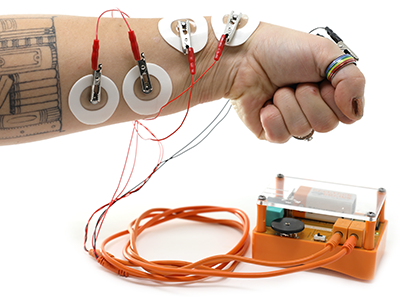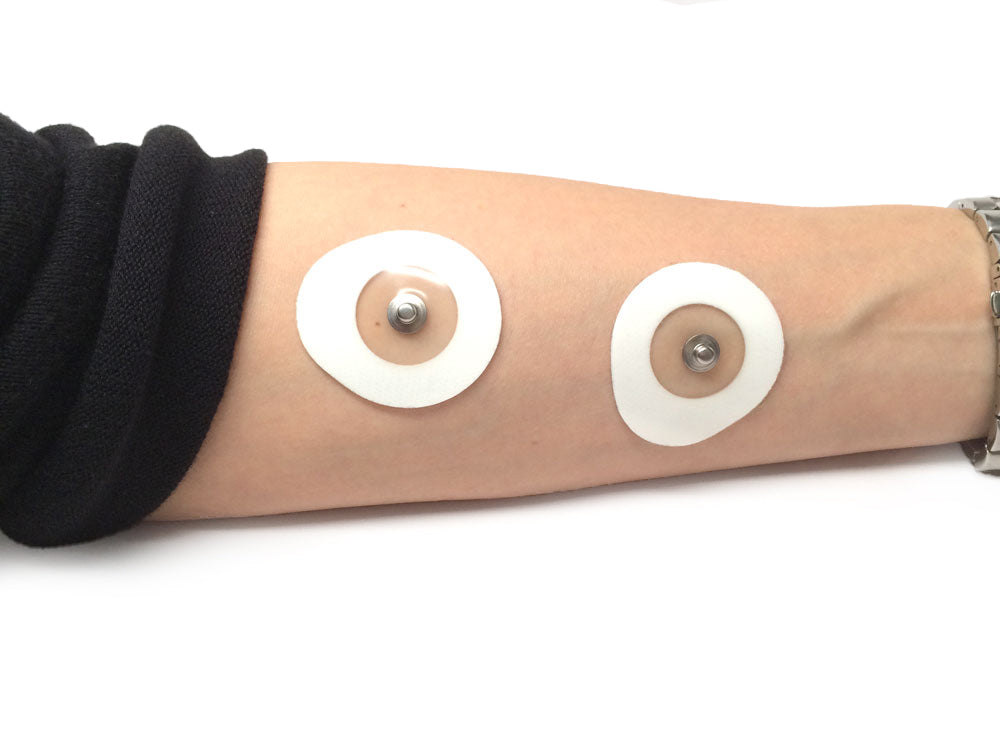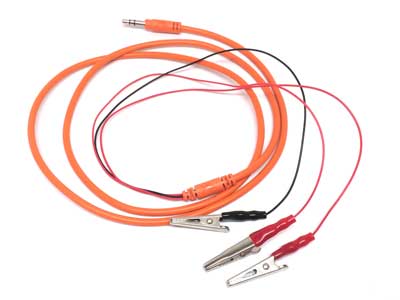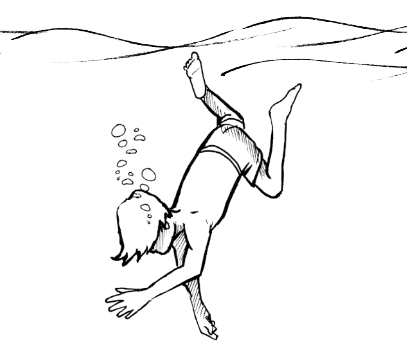
The Diving Response: How Your Heart Reacts to Water

How does your body react to being underwater? In this experiment, we explore how the nervous system responds when you submerge your face in water, triggering a unique physiological reaction!
About experiment
What Will You Learn?
- How the autonomic nervous system (sympathetic and parasympathetic) regulates heart rate.
- How to record and analyze EKG signals using a Human SpikerBox.
- How underwater submersion can induce different physiological responses.
Background
Our bodies are constantly responding to the environment, making adjustments to keep us balanced, safe, and functioning efficiently. Some of these responses happen so quickly and automatically that we don’t even realize they’re controlled by our nervous system. Think about times when you’ve felt startled—your heart might race, your breathing quickens, and you feel an instant surge of energy. Other times, like after a big meal, you might feel relaxed, sluggish, and ready to rest. These changes are driven by two key divisions of the autonomic nervous system: one that prepares you for action and another that helps you recover and conserve energy.
In this experiment, we’ll test how your body reacts to being submerged in water. By measuring heart-rate changes, we’ll investigate how the nervous system adapts to different conditions and explore what this tells us about the way our bodies maintain balance in challenging environments.

Across the Animal Kingdom
The way your body reacts in this experiment isn’t unique to humans—it’s a trait shared by many mammals! Whether it’s a human, a dolphin, or a seal, the nervous system triggers similar responses when submerged in water. As you observe your own body’s reaction, you’re witnessing a survival mechanism that has evolved across species to help conserve oxygen and adapt to underwater conditions.
Experiment
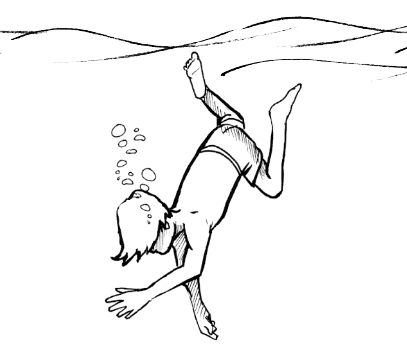
Diving Reflex (Face Submersion) Experiment
Materials:
- Container large enough for your face
- Cool or moderately cold water (not ice water)
- Human SpikerBox & electrode patches
Setup:
- Fill the container with cool water.
- Place EKG patches on each upper forearm; ground patch on the back of the hand.
- Record a baseline resting heart rate, then hold your breath.
Procedure:
- Submerge your face. Gently dip your face into the water. A partner monitors heart rate.
- Record heart-rate change. Observe the drop while submerged, then watch it rise once you breathe again.
- Repeat. Rest and run 2–3 trials for consistent data.
Results & Analysis
Compare average heart rates before, during, and after submersion. Did the diving reflex slow the heart? Why is that vital for diving animals? Discuss how your findings align with sympathetic versus parasympathetic control.
Alternatives to Dunking Your Face
What do you need?
-
Related Products


